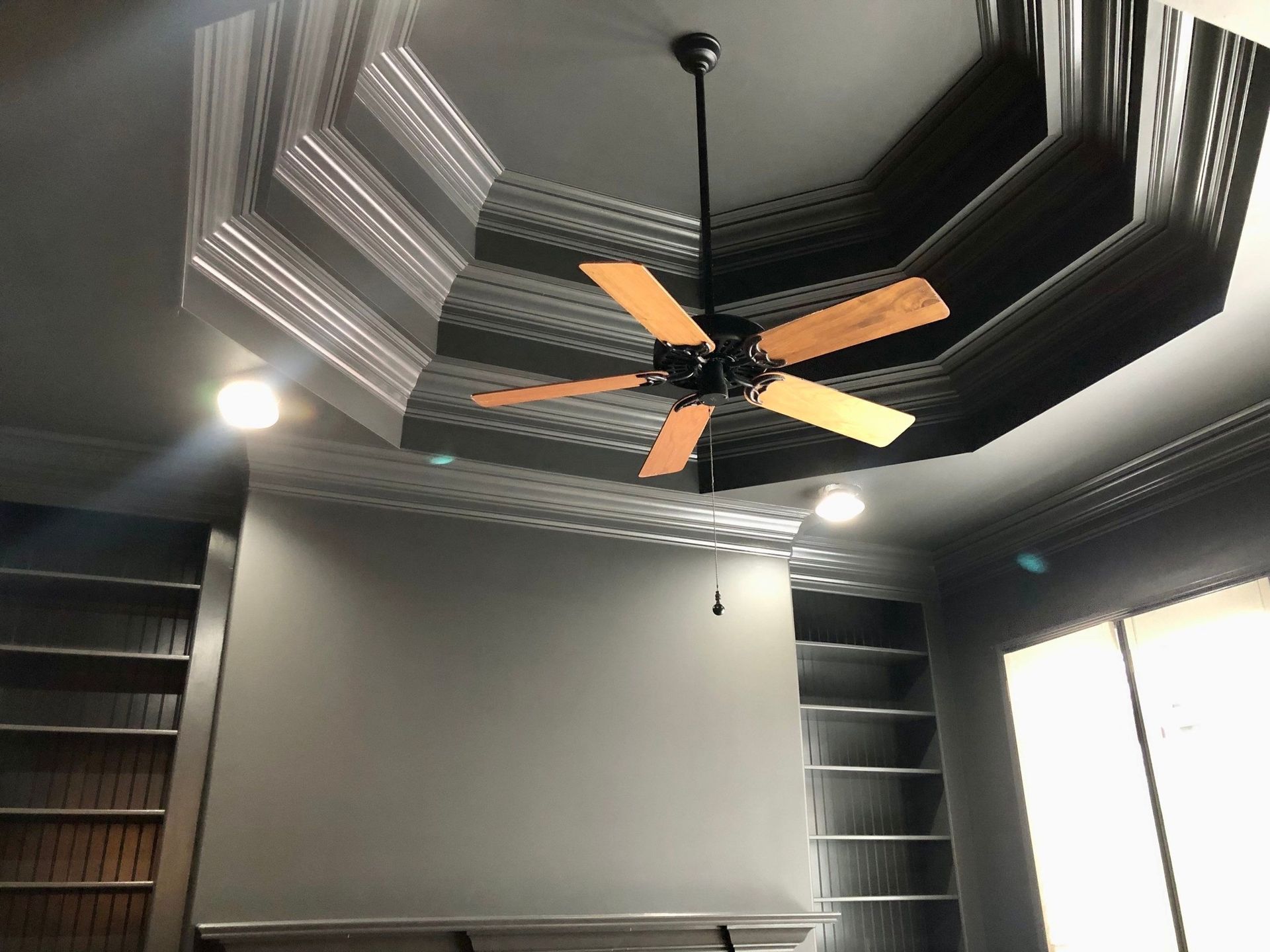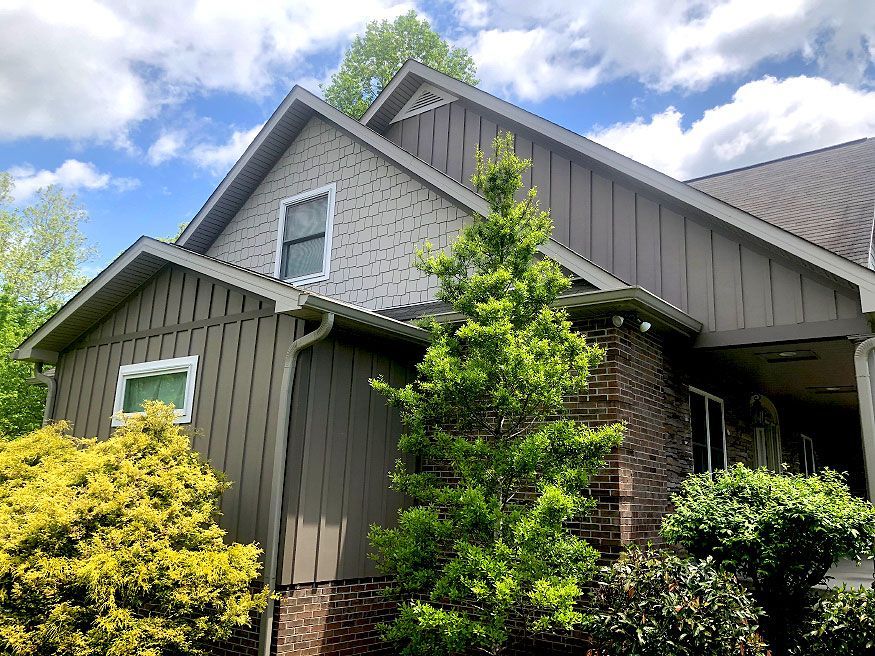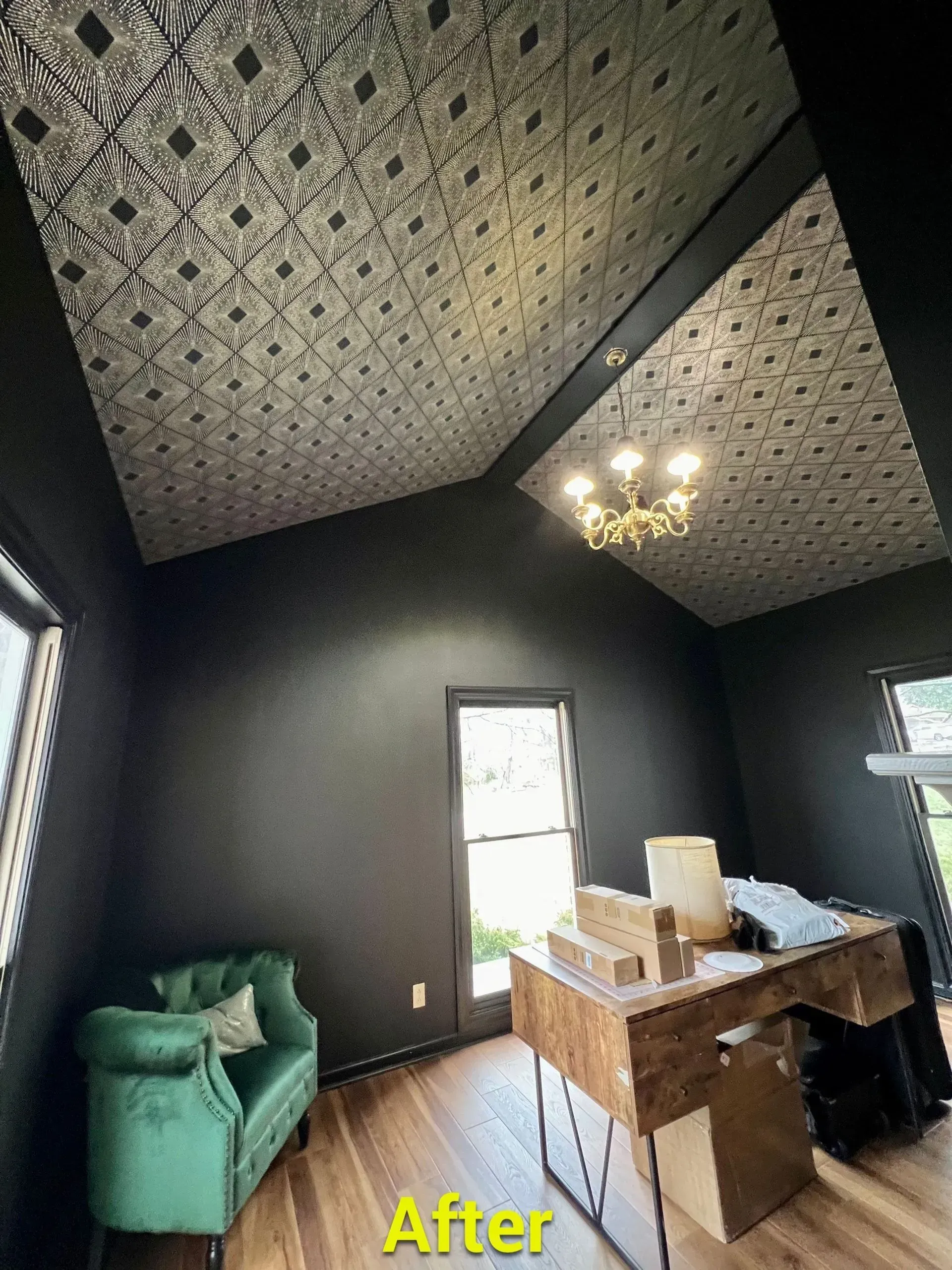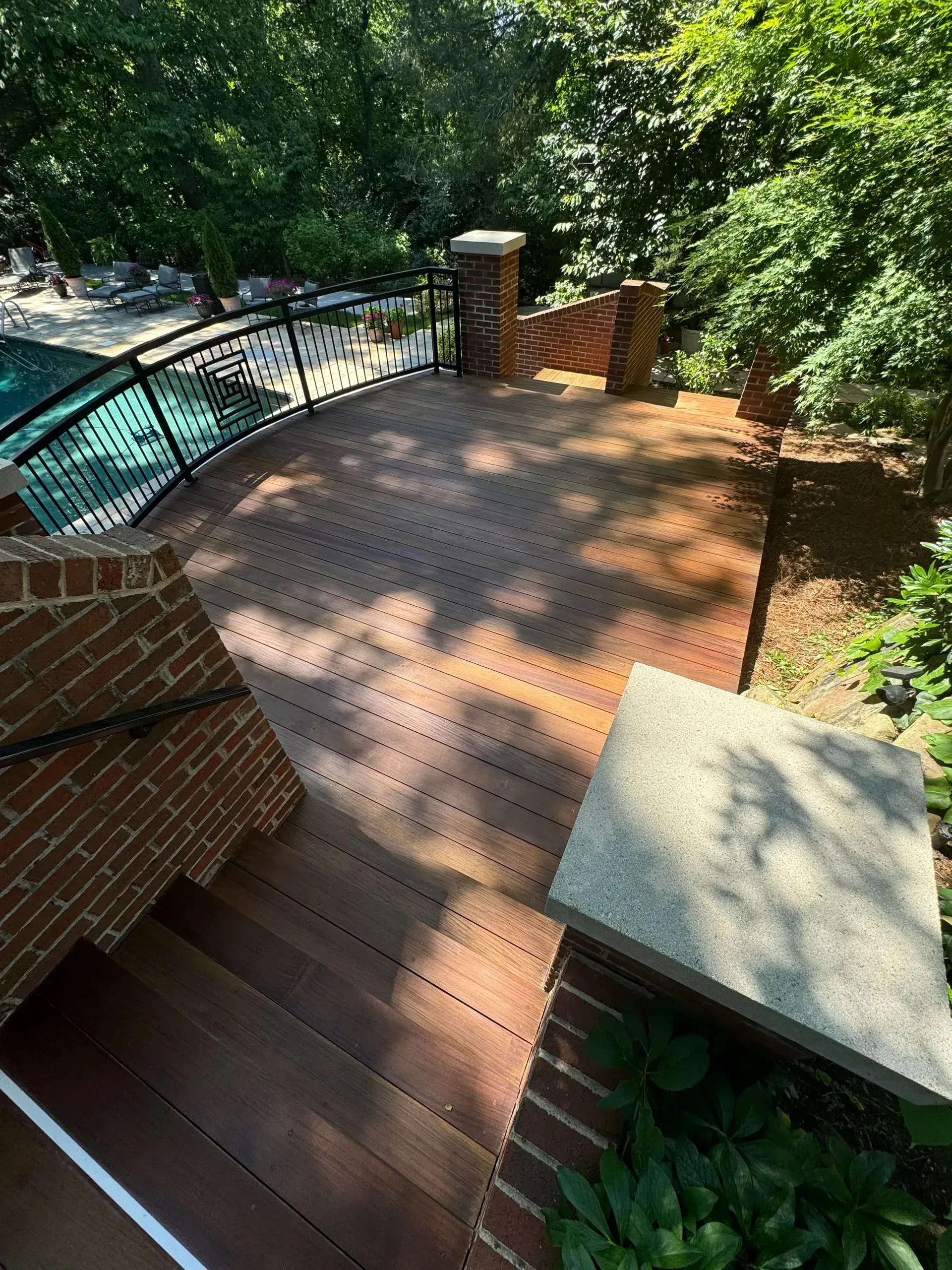Today's Top Deals
What is the Best Type of Stain for Fences and Decks?
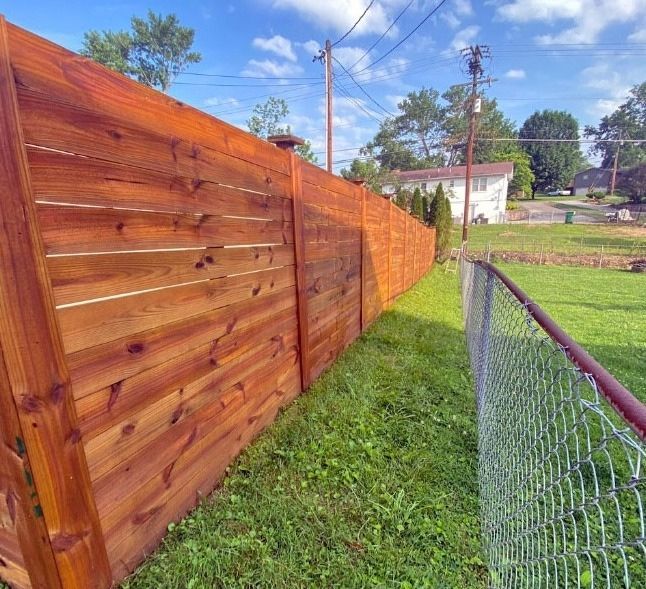
In the era of quick DIY solutions, many homeowners are naturally drawn towards products that promise rapid results. And understandably so! With the hustle and bustle of daily life, who doesn't want quick solutions? However, when it comes to deck and fence care, quick “solutions” often end up turning into quick problems.
Buyer Beware: That “All-in-one” Deck Stain Might Not Be Everything You Hope
These days the market is teeming with low-cost stain and paint products, especially those tailored to the do-it-yourself crowd. But are these products all they're made out to be? While they may claim convenience, they often overlook long-term value. Maybe you have seen stains that advertise: “easy application,” “quick dry time,” or “lower cost per sq ft!” Sounds good, right? Well, most of these products are water based, meaning they come with their own set of disadvantages. To name a few:
Limited Penetration: Water-based stains tend to have a lower level of penetration. This means they may not provide as deep and long-lasting protection for the wood.
Can Raise Grain: Water-based stains have a tendency to raise the grain of the wood, which can result in a rougher texture. This may require additional sanding before and after staining.
Less Durable: Water-based stains are generally less durable and may not hold up as well in high-traffic areas or in harsh weather conditions. They may require more frequent reapplication.
Oil-Based Penetrating Stains: The Better Option
Unlike their water-based counterparts that sit superficially on the wood's surface, oil-based penetrating stains go deep. They don’t just coat; they saturate, not only covering the top layers but continuing their journey right through the lumber. This penetration ensures a level of protection that's simply unparalleled.
Benefits of Oil-Based Penetrating Stains:
Sealing out moisture: Water is wood's worst enemy. Oil-based stains seal the wood, keeping out unwanted moisture, thereby ensuring your decks and fences stay dry and robust.
Prevention of warping and cracking: With the harsh elements that wooden structures face, warping and cracking are common issues. Oil-based stains act as a barrier both above and below the surface, greatly reducing the onset of these problems.
Conditioning the wood: Beyond protection, these stains often have natural oils that help nourish and preserve the wood.
Offering long-lasting protection: When oil-based stains are applied, they don't go anywhere anytime soon, offering protection for many years compared to water-based stains. Oil-based may cost more upfront, but the years you get out of it make it a better investment in the long run.
Have More Questions About Painting and Staining Services in the Knoxville Area?
From our experience in the field, we've witnessed the undeniable advantages of oil-based penetrating stains first-hand. That's why we’ve made them our preferred choice. With their lasting protection and all around better outcome, our clients not only receive a quality service but a quality product, making sure that the integrity and appearance of their wooden structures last. Contact us for any further questions!
Frequently Asked Questions:
Q. Are oil-based stains safe for all types of wood? Yes, they are suitable for most wood types. However, it's always best to check with experts for specific woods.
Q.How often should I reapply oil-based stain? Typically, every 2-4 years, depending on the wood type and exposure to elements. However, periodic checks are recommended.
Q. Will the stain change the wood's color? While it enhances the wood's natural color, it doesn't drastically alter it. You can choose from transparent to semi-transparent stains based on the desired effect.
Q.Can I apply an oil-based stain over a water-based one? To ensure proper penetration and adhesion, it's essential to remove any old water-based stain or sealer thoroughly before applying an oil-based stain.
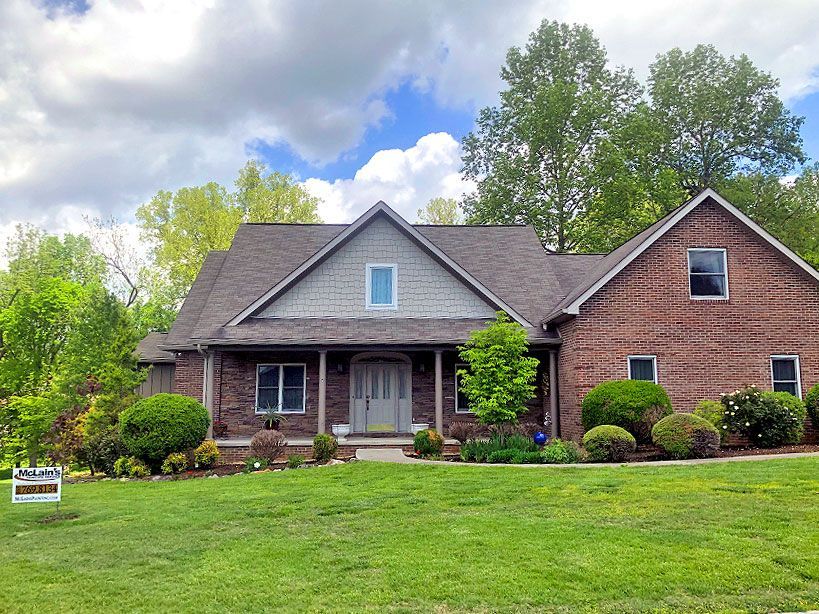
By using our website, you consent to our Privacy Policy.
All content Copyright © 2024 McLain's Painting. Website by smallbee.com



